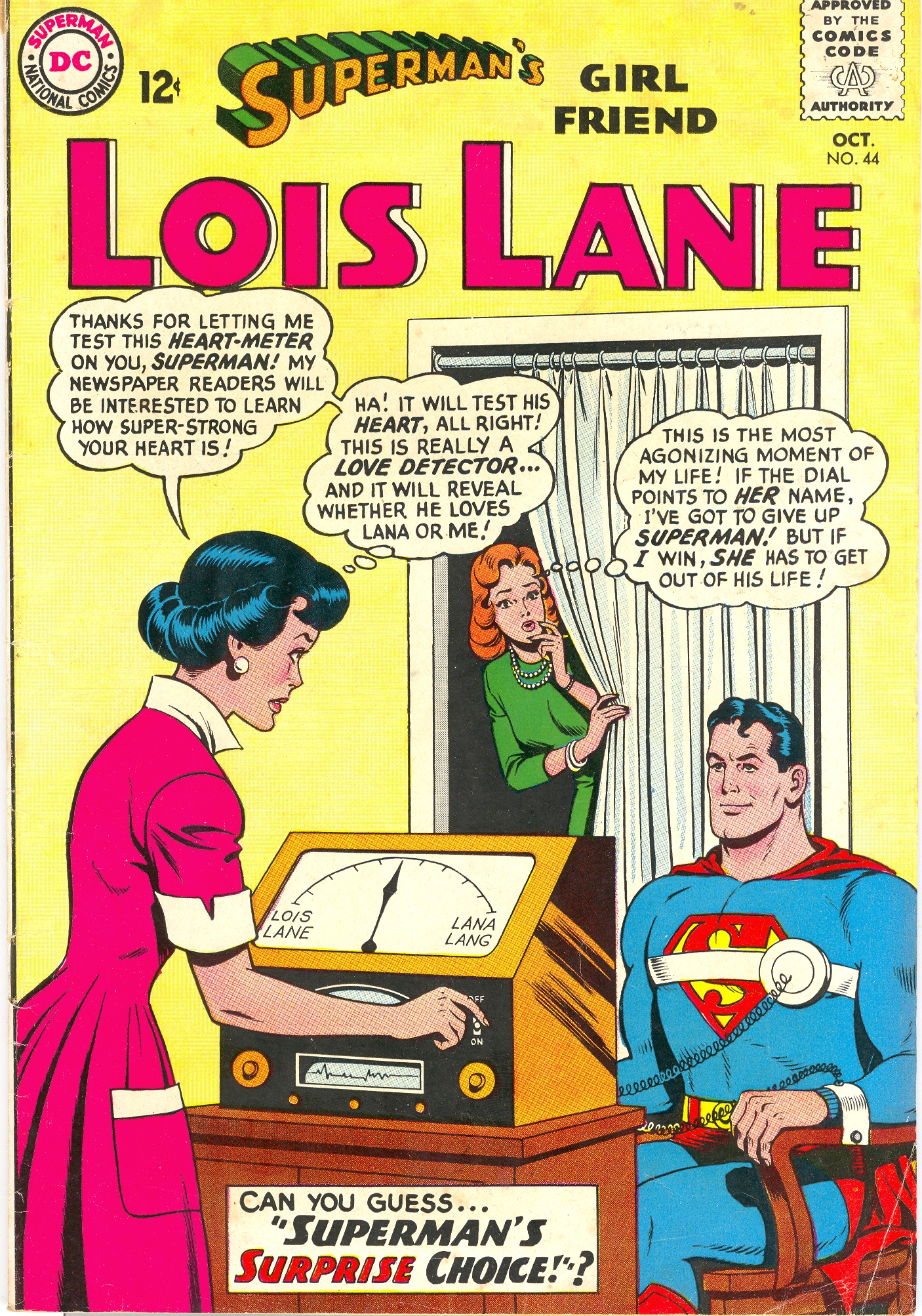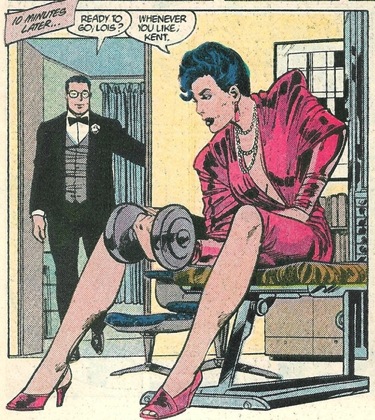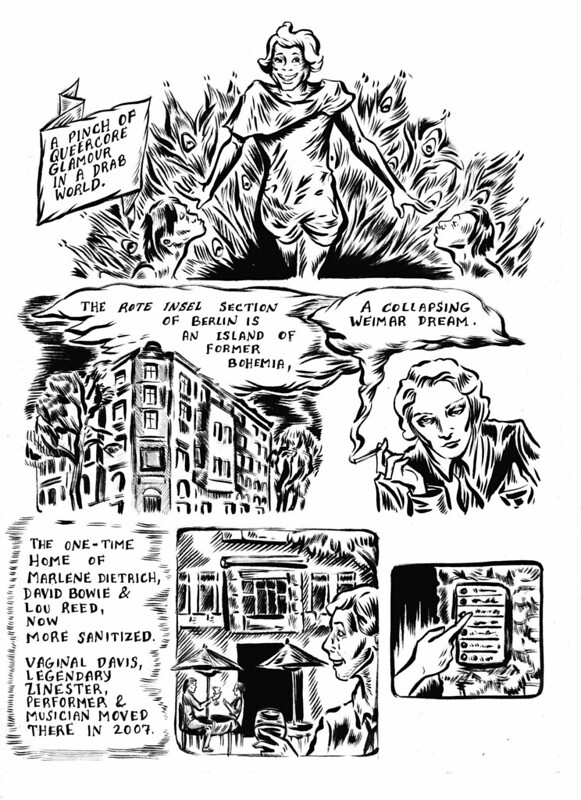
Xavin explaining not fitting in to male-female gender roles in Runaways. via
Both print comics and webcomics seem to be paying more attention to being inclusive these days, especially when it comes to LGBT characters. I've long treasured the diversity that's out there in webcomics if you dig a little bit, but even the comics you don't have to dig for are starting to include characters of color and queer characters. Jeph Jacques, for example, upped the inclusion ante at Questionable Content last year when two women of color and a white transwoman appeared in a one-panel diversitysplosion. Other comics seem to be moving in the same direction. Maybe next Randall Munroe will strike a blow to androcentrism and retcon the xkcd stick figures into being female-to-intersex pansexuals of color.
To celebrate inclusion in comics and encourage more, I'd like to put forward my top five list of the best genderqueer characters in comics. "Genderqueer," for this article, refers to characters who resist categorization as one gender or another. This list won't cover female-to-male and male-to-female transfolks, but I will say that Rooster Tails and The Princess are highly recommended. I'll be using the gender-neutral pronouns ze/hir throughout. It's my default pronoun for women, men, and the rest of us. The glorious thing about a gender-neutral pronoun is that it's neutral. The characters I'll be discussing have been variously described as "ey,""she,""he,""zie," and even "it" in other contexts.
Rebis in Grant Morrison's Doom Patrol
Rebis is a floating, mummy-looking weirdo in bad sunglasses. Ze's struggling to live as one person with three identities: a woman of color, a white man, and an energy being. Like the rest of the Doom Patrol, Rebis is a total badass and a mostly terrible superhero. In the end, though, Rebis’ efforts to transcend the gender binary (spoiler alert) end up being exactly what's needed to save the world. How awesome is that?
Desire in Neil Gaiman's Sandman
Desire, like Death and Dream, is one of the Endless who govern life in the Sandman universe. This immortal being disrupts gender not by failing to be man or woman, but by being both simultaneously. Pronoun confusion ensues every time Desire appears. He? She? Language fails around this apparition with golden eyes, who lives, appropriately enough, in a citadel called the Threshold. Desire is never quite knowable, never quite obtainable. Just like in real life, Desire always a little distant and amused, and almost always hiding something. Also, a shout out to Sandman artist Mike Dringenberg.
A caveat: the series' overall record on trans* characters is not great. The Sandman universe is even more hostile to transwomen than ours is, so read with caution.
Xavin in Brian K. Vaughan's Runaways
Xavin is a shapeshifter. A Super Skrull in training, for the five of you to whom that means something. Ze switches sex characteristics like it's no big deal. Of course, Xavin's not the first shapeshifter comics has ever seen. So why does Xavin make my genderqueer list while Mystique and Ranma don't? Because hir "real" gender is an open question—which is a problem for Xavin's woman-oriented partner. Gender ambiguity is difficult for a lot of people in real life relationships, and it feels right to see superheroes wrestle with it too. Runaways series artist at this time was Adrian Alphona but Xavin was first drawn in print by Takeshi Myazawa.
Kyle in Sfe Monster's Kyle and Atticus
Oh man. Kyle breaks my heart a little just to think about. Kyle's the youngest character on this list and the one I most want to give a big, reassuring hug. In the grip of puberty, Kyle is figuring out gender issues and trying to deal with bullies in a way that won't end with getting suspended. Everything about Kyle and Atticus cultivates a sense of tenderness and emotional intimacy, from the detailed artwork and quiet pacing to the way multiple panels are devoted to a comforting gesture. The look on Kyle's face when ze looks into a mirror kills me every time.
Palmer in RJ Edwards's Riot Nrrd
Palmer fits perfectly in the lovingly diverse world of Riot Nrrd, where characters of varying shape, skin color, physical ability, and gender identity are bound together by two things: geekiness and a fierce attitude toward all kinds of oppression. Palmer’s a college kid who seems to have been through a lot of the rough stuff Kyle is facing now, and I think that makes hir an excellent place to end the list: someone who has faced the world's intolerance and is coming through okay.
What do you think? If I missed your favorite character, feel free to add ideas and opinions in the comments!










 For months, I eagerly awaited the arrival of
For months, I eagerly awaited the arrival of 





















